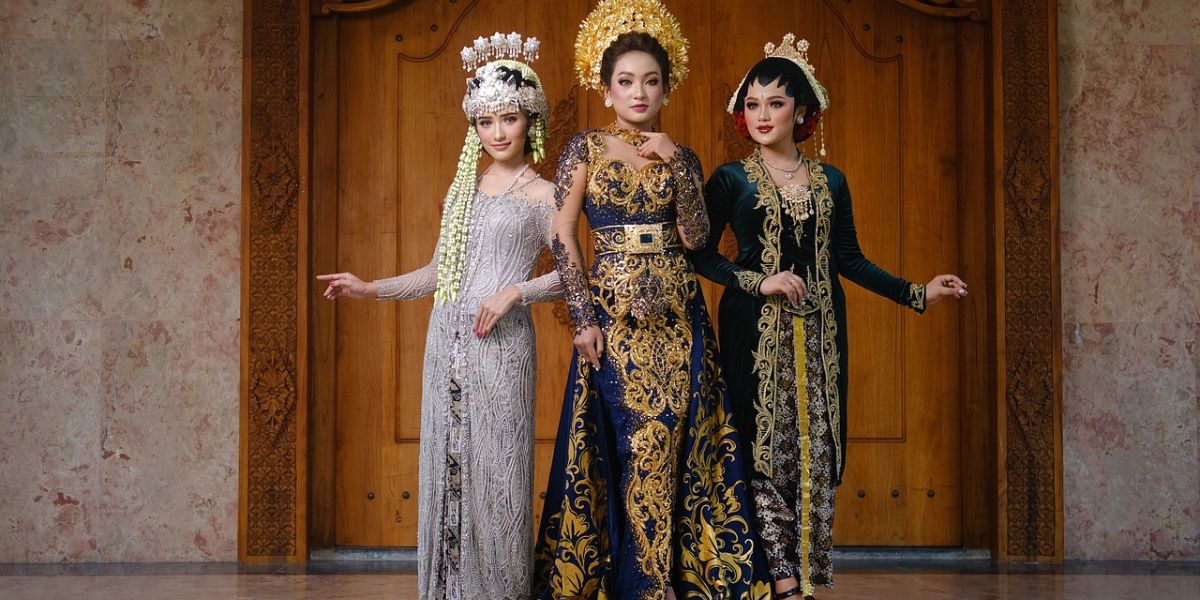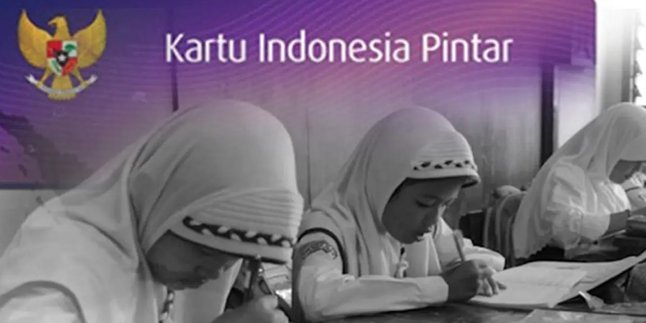Kapanlagi.com - Indonesia, a country rich in culture and natural beauty, truly has no end to exploration. With over 17,000 islands, every corner holds valuable heritage, not only for the local community but also recognized by the international world. One form of this recognition comes from UNESCO, which grants the World Heritage label as a mark of respect for the diversity possessed by our homeland.
The recognition from UNESCO is not just a prestigious title but an acknowledgment of the beauty and historical value contained in each site. From the magnificent temples that stand tall to the stunning national parks, each of these sites reflects a long journey and extraordinary heritage that we must preserve for future generations.
Recently, two cultural icons of Indonesia, Reog Ponorogo and Kebaya, have successfully received recognition from UNESCO as World Heritage. In this article, we will delve deeper into the Indonesian Cultural Heritage that has been recognized by UNESCO, as compiled by Kapanlagi.com from various sources, Thursday (5/12).
1. List of Indonesia's Cultural Heritage Recognized by UNESCO
Indonesia, a country rich in its arts and culture, has received international recognition from UNESCO for its various remarkable cultural heritages.
Since Wayang was recognized as a Masterpiece of Oral and Intangible Heritage of Humanity on November 7, 2003, to the Kebaya which was just officially recognized on December 4, 2024, each element reflects the depth of philosophy and the values of its society.
From the keris symbolizing wisdom, batik depicting the cycle of life, to angklung representing the togetherness of Sundanese culture, all of these narrate the uniqueness and beauty of Indonesia.
The rhythmic Saman dance, the noken bags from Papua representing local wisdom, to gamelan symbolizing social harmony, all unite in a rich cultural symphony.
Not to be missed, the art of assembling Pinisi boats and pencak silat showcasing resilience and sportsmanship, along with the captivating Reog Ponorogo and elegant kebaya, make Indonesia a paradise for art and culture lovers.
2. Latest Reog Ponorogo and Kebaya Recognized by UNESCO
On December 3, 2024, Reog Ponorogo proudly recorded its name on the UNESCO Intangible Cultural Heritage list, recognized in the category of "In Need of Urgent Safeguarding" at the Intergovernmental Committee for the Safeguarding of the Intangible Cultural Heritage session in Asuncion, Paraguay.
The Indonesian Ambassador to UNESCO, Mohamad Oemar, who led the Indonesian delegation, expressed deep gratitude to the UNESCO Intangible Cultural Heritage Committee and all parties who contributed to this recognition.
According to Oemar, this recognition not only affirms the artistic value of Reog but also demonstrates a strong commitment to preserving Indonesia's cultural identity for future generations.
Shortly thereafter, on December 4, 2024, the kebaya also received recognition as a Humanity Intangible Cultural Heritage by UNESCO, adding to Indonesia's cultural pride on the world stage.
3. UNESCO World Heritage Sites in Indonesia
Borobudur Temple, a magnificent Buddhist cultural masterpiece, is located in the heart of Magelang, Central Java, and holds the title of the largest Buddhist temple in the world.
Built by the Syailendra Dynasty in the 9th century, the beauty of this site radiates through more than 2,000 relief panels and 504 stunning Buddha statues.
Each relief not only depicts Buddhist teachings but also reflects the rich traditions of ancient Javanese society.
More than just a place of worship, Borobudur has transformed into a historical tourism magnet attracting thousands of visitors from around the world, ready to delve into the spiritual and aesthetic depths it offers.
4. Komodo National Park: Habitat of Ancient Lizards
Komodo National Park in Nusa Tenggara is not just a home for the Komodo, the giant lizard that has become a world icon, but also harbors stunning underwater beauty with abundant biodiversity.
Amidst this captivating natural charm, the park management is committed to preserving its unique flora and fauna, so that every step taken by visitors is not only about enjoying the beauty but also realizing the importance of protecting this valuable ecosystem.
5. Ujung Kulon National Park: Protection of the Javan Rhino
Ujung Kulon National Park, located at the western tip of Java Island, is not just a park, but also a fortress of life for the Javan rhino, one of the rarest species in the world.
Surrounded by dense tropical forests and rich ecosystems, this park captivates the hearts of anyone who visits it.
Through dedicated conservation efforts, Ujung Kulon has successfully protected the population of Javan rhinos from the threat of extinction, making it a symbol of conservation success in our homeland.
6. Sangiran Site: Traces of Human Evolution
Sangiran, located in the heart of Central Java, is an archaeological gem that holds the secrets of human evolution.
At this site, fossils of Homo erectus over a million years old have been uncovered, providing a stunning glimpse into the journey of human history in Asia.
Not only a research site, the Sangiran Museum also serves as an engaging educational center, inviting visitors to delve into the fascinating stories of our origins.
7. Balinese Cultural Landscape: Harmony of Nature and Tradition
The Subak system in Bali, which reflects the philosophy of Tri Hita Karana, has been recognized as an invaluable cultural heritage. As a traditional irrigation method, Subak not only supports rice farming but also maintains a harmonious balance between humans, nature, and the Creator.
This local wisdom is not only an integral part of Balinese culture but also serves as a source of inspiration for the preservation of traditions amidst the currents of modernization.
Visitors have the opportunity to delve into the uniqueness of this system through captivating tours among the enchanting rice fields on the Island of the Gods.
(kpl/rmt)
Disclaimer: This translation from Bahasa Indonesia to English has been generated by Artificial Intelligence.












